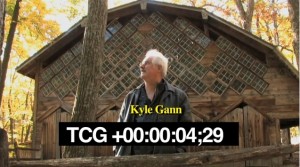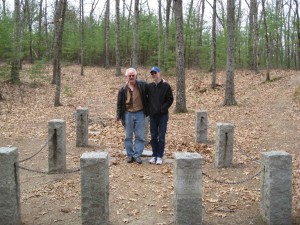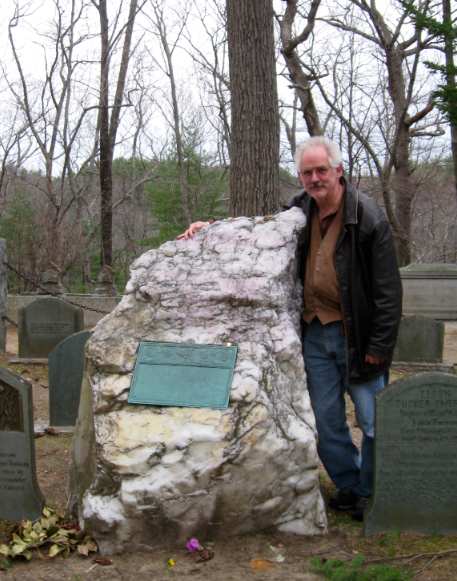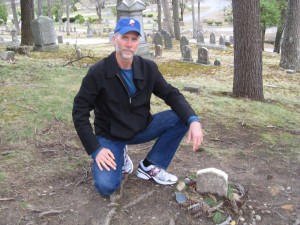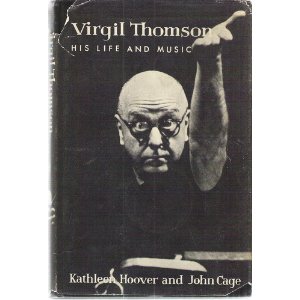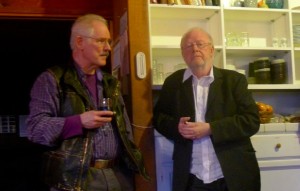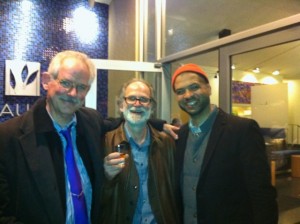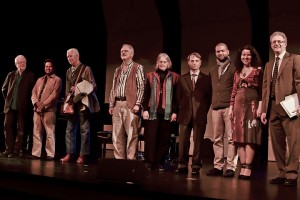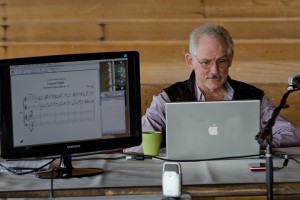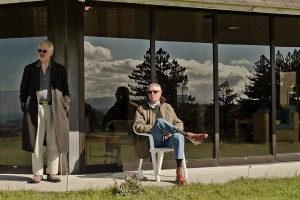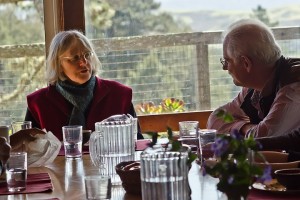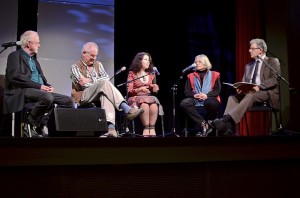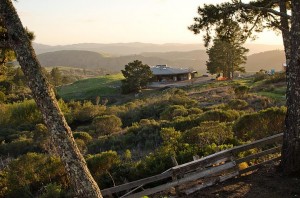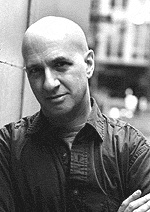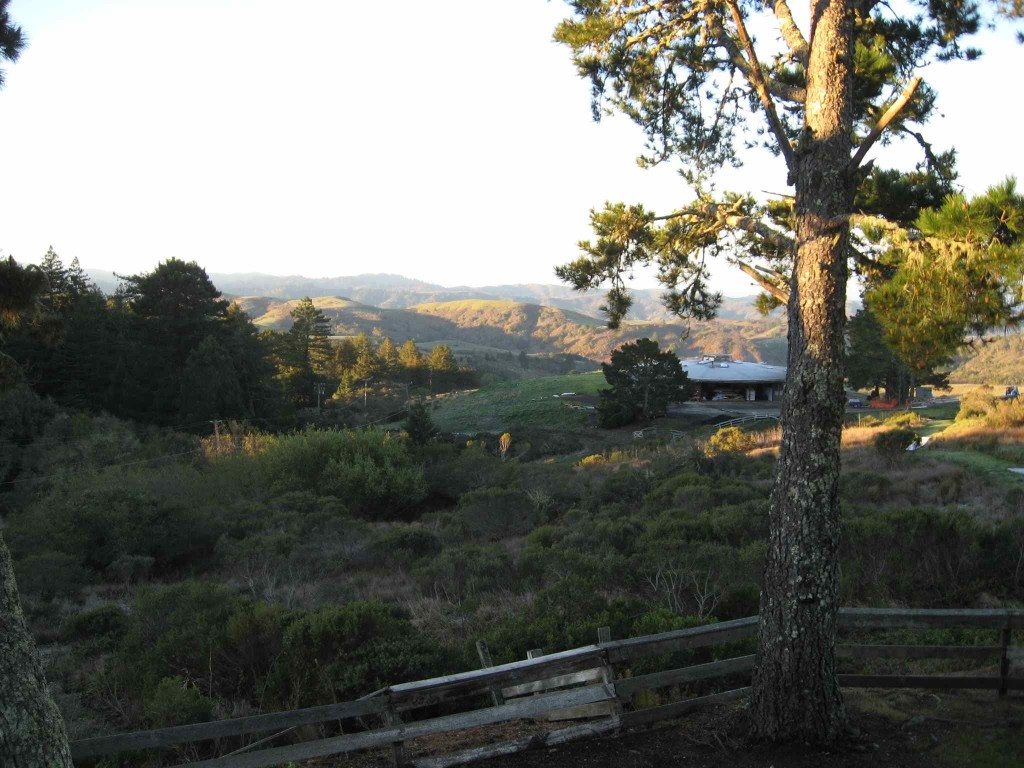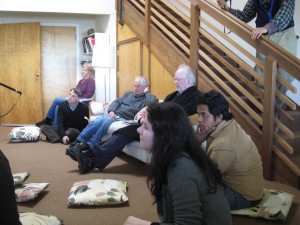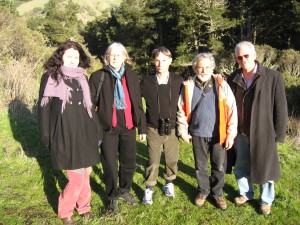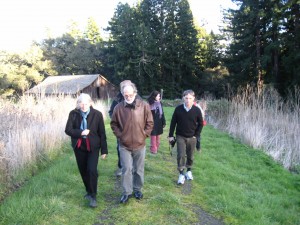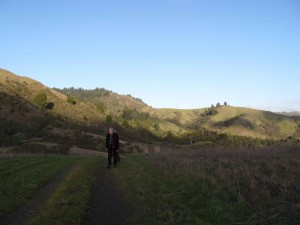I would be loath to argue that seeing me talk about 4’33” in front of the Maverick Concert Hall adds anything worthwhile to what can be gleaned from my book on it, but filmmaker Cambiz A. Khosravi, a historian of Woodstock, NY, has created such a video from an interview he did with me. As it ends, note the length (you can guess). Toward the end I overstate the dearth of indigenous American musical influences prior to 4’33”; perhaps what I said made more sense in the context of the complete interview. I’m a good writer partly because I’m a good editor and reviser of my own words. I’m a middling extemporaneous speaker because time, at least insofar as I’m equipped to experience it, only goes one direction. Another thing I’d love to revise about the video is the 30 pounds I’ve shed since it was filmed. But I find my white hair blowing in the Catskill wind kind of poetic.
And speaking of poetry, a Boston poet friend of John Luther Adams, John Shreffler, wrote the following poem in response to JLA’s and my pilgrimage to Concord:
For John Luther Adams
The experience aspires to communion,
But the art is various, so many
Different ways to do it, sometimes you feel
It wrap its arm around you as its other
Hand reaches in and neatly lifts your wallet;
That would be Wagner, while Beethoven and Ives
Storm Heaven, locked in wars into which you’re drafted,But sometimes, now and then, the artist nods,
Lost in his thought and fumbles with the keys
And turns the pauky lock and opens the door
And inside lie mansions, where the conversation
Is real and equal and, as well, ecstatic
And shimmers like the Northern Lights laid out
In a Heaven into which you’re invited.

